Sony 24-70mm F2.8 GM II (SEL2470GM2) Review
Dustin Abbott
February 20th, 2023
The Sony 24-70mm F2.8 G Master was one of the earliest G Master lenses that I reviewed (in summer of 2018), as I was fairly new to the Sony space. While I found a lot of positives with the lens, I also thought it too large and somewhat overhyped by the marketing materials. Sony must have thought it too large as well, as they have now released the MK II version of the lens – the Sony 24-70mm F2.8 GM II – and one of the first things they are emphasizing is the reduced size. According to Sony, the new 24-70 II (as we’ll call it for brevity in this review) is 191g lighter, 16mm shorter, and the overall volume has the lens has been reduced by 18%. This is just the beginning of the improvements, though, as the this Mark II lens has improved features, autofocus, and image quality performance. The G Master series is supposed to be the best, and Sony has worked to accomplish that here.
The 24-70mm focal range is one of the most highly sought after full frame zoom combinations, as it allows you to go from wide angle at 24mm…
to short telephoto at 70mm:
When you combine this with a constant maximum aperture of F2.8, you can see why so many portrait, wedding, cinematographers, and photojournalists value this combination of focal range and maximum aperture. But is the Sony 24-70mm F2.8 G Master II the standard zoom to buy? You can either read on or watch my video review to find out!
Follow Me @ YouTube | Patreon | Instagram | Facebook | DA Merchandise | Flickr | 500px
Thanks to Gentec (Sony’s Canadian Distributor) for sending me a loaner of the 24-70mm GM II and 70-200mm GM II. As always, this is a completely independent review. *The tests and most of the photos that I share as a part of my review cycle have been done with the Sony a7IV along with the Sony Alpha 1 which will serve as my benchmark camera for the foreseeable future (my review here).
Sony 24-70 II Build and Handling
As noted in the intro, one of the primary briefs with the MK II lens was to reduce the footprint and weight of the lens. They have definitely accomplished that, as the 24-70 II is the smallest and lightest 24-70mm F2.8 zoom on the Sony platform. There are currently four 24-70mm F2.8 zoom options on Sony, including this lens, the MK 1 GM lens, a Sigma 24-70mm ART (my review here), and the Samyang AF 24-70mm. Of these, the 24-70 II weighs in at 695g (1.5lb), the MK 1 weighs 886g (1.9lb), the Sigma 835g (1.84lb), and somehow the Samyang breaks the scales at a full 1000g (2 lb). While most of these lenses are similar in diameter (they all have 82mm front filter threads, and the GM II lens is 87.8mm/3.5″ in diameter), the new GM lens is definitely the shortest at right under 120mm (4.7″). Here’s a look at how those general specs compare:
That’s small and light enough to not be significantly bigger or heavier than Tamron’s 28-75mm F2.8 G2 (my review here). I really like the Tamron, but I also recognize that 28mm is not 24mm, and those looking for that additional width will value the fact that they can get a smaller and lighter lens in the 24-70 II that still reaches that coveted 24mm of width. The Tamron is about 12mm narrower, 2mm shorter, and 155mm lighter, so it is still a very legitimate alternative if you can live with 28mm as it is a very strong lens both optically and in the focus system.
There are a few other key changes that emerge when looking at the specifications. The number of aperture blades has increased from 9 to 11, which has become the new standard for Sony’s premium lenses. That makes for a nice looking aperture when peering inside the lens:
It also allows for a more effective performance in keeping the aperture shape round for shots with specular highlights. Here’s a look at F2.8, F4, and F5.6 respectively:
It’s also worth noting that the maximum magnification figure has improved to a very high 0.32x at a 21cm (8.3″) minimum focus distance. Here’s a look at the MFD at 24mm:
…and here’s what you can achieve at 70mm:
The Sigma 24-70mm F2.8 DN ART allows you to get even closer (18cm) and achieves a slightly higher 0.34x magnification. Either of these magnification figures is very useful for a lot of different applications and adds to the versatility of the lens for general purpose work and also stylized perspective shots for wedding and portrait work.
This is a thoroughly weather sealed lens, with at least 14 internal seal points along with a fluorine coating on the front element. I’ve heard a lot of anecdotal reports from buyers of the Sigma 24-70mm that it struggles with getting dust inside over time. That shouldn’t be possible with the new GM lens, as there are seal points pretty much everywhere:
Despite the smaller size, Sony has upped their game in terms of the physical controls on the lens. Unlike many zoom lenses, the 24-70 II is equipped with an aperture ring. This allows you some flexibility when controlling aperture, as you can choose to manually select aperture via the ring with clicks (at one third stop detents), to declick the aperture for aperture racking, or to switch over into automatic mode to control aperture from within the camera. Sony has added the “Iris Lock” switch similar to what Sigma has been implementing on recent lenses. This allows you to lock the lens in either manual or automatic aperture modes to make sure you don’t inadvertently switch between the two.
Sony has also added an additional Focus Hold button (a total of two) to allow one to easily fall to hand whether shooting in vertical or horizontal modes. This can be programmed to multiple functions from within the camera (my current preference is to control Eye AF so I can prioritize a certain eye).
The AF/MF switch has moved over near one of the focus hold buttons.
One other new control is a switch on the right side of the barrel that allows you to choose between more or less tension on the zoom ring (Smooth and Tight are the two options). Choose Smooth if you want a light, fingertip only type of zoom action and Tight if you want a little more friction to resist zoom creep and to allow you to zoom more slowly (as in video applications). The 24-70 II is a parfocal lens, so it will be very useful for zoom shots in video applications.
I hiked several times with the lens and found that I definitely preferred the tension option to a standard zoom lock. In the tight position I had zero issues with zoom creep but enjoyed having the lens always ready to shoot (and zoom) when I saw a shot opportunity.
There are more physical controls than I’ve ever seen previously on a standard zoom. Sony is really upping the versatility of the lens and working to make this the standard in the class.
The newly designed lens hood features a locking mechanism along with a sliding “window” to allow you easy access to rotating a polarizing filter, a feature that I’ve only seen on telephoto lenses (with their deeper lens hoods) before. I was initially excited when I first encountered this feature on the Canon EF 100-400L II telephoto lens, but I realized over the long haul that it was a feature I rarely used and I was sometimes annoyed over the window inadvertently being down quite often. Your feelings will probably vary depending on how often you use a polarizing filter or whether you find rotating from the side necessary in a more shallow lens hood.
Also included is a nice zippered and padded nylon case for transport. It’s those little details that up the premium feel of a lens even if you don’t use the case all that often.
This 24-70 II does not come with Sony’s OSS (Optical Steady Shot) and instead chooses to rely on the stabilization within most of Sony’s modern cameras. I don’t have a problem with this, as Sony’s use of IBIS is very widespread and the technology has continued to improve in their most recent cameras. It removes some complexity from the lens and helps keep it smaller and lighter.
The 24-70 II balanced well on either my Alpha 1 or a7IV bodies that I used it on. The shorter length helps keep the weight closer to the camera body, which is going to reduce fatigue over a long day shooting a wedding or as a photojournalist…or even just using the lens for travel. I also appreciate that the lens has a lot of physical controls but doesn’t feel cluttered. They’ve put the switches you’ll probably use less often (Iris Lock and Declick switch) in places that won’t interfere with normal operation of the lens, and they’ve managed to keep the aperture ring small enough both the zoom and focus rings feel adequately sized.
All told I’m very impressed with the build and handling of the lens. The only real downside here is the price, which is a formidable $2300 USD. The original 24-70 GM has now been discounted to $1700 USD, but the Sigma ART lens is the value proposition at $1100 USD. The 24-70 II is the superior lens in terms of form factor, weather sealing, and features, but the Sigma isn’t far behind at half the cost, so therein lies the challenge for this lens.
Sony 24-70mm F2.8 GM II Autofocus Performance
An area that will help balance the scales a bit in favor of the 24-70 II is the autofocus performance. While the Sigma relies on a single STM focusing motor, Sony has employed four!! XD (extreme dynamic) Linear Motors in the autofocus system here. Sony also touts “a floating focus mechanism and advanced lens control achieve high AF precision and approximately 2x better tracking performance while zooming than the previous model“. Sony limits their top burst speeds on their sports cameras like the Alpha 1 or a9 series to Sony lenses, so while I can get a full 30FPS with the 24-70 GM II and my Alpha 1, I would be limited to 15FPS when using the Sigma (or any other third party lens) on it. Those quad focus motors help assure that the 24-70 II can keep up with the high speed action.
I noticed the increased focus speed in subtle ways. One of the most frustrating shots to get right now are of Nala. She’s right under six months and very curious, so whenever I get out a camera she starts moving towards it to explore what’s going on. With lesser focus systems I’m immediately doomed. Focus just won’t lock fast enough to get anything decent. Nala did her typical thing when I pulled out the 24-70 II, but the difference was that the essentially instantaneous focus speed meant that focus was locked and tracking her eye as soon as she started moving. My shutter speed wasn’t always quite high enough, but the focus was perfect…even when she got VERY close.
You’ll also find that eye AF worked perfectly even with her in profile and nearly out of the frame, like here:
This is a lens that is taking full advantage of focus points everywhere in the frame. This is the kind of autofocus we only dreamed of back in the DSLR days.
I was out snowshoeing and a military CC-130H Hercules plane zoomed in overhead. I had the camera in a sling strap, and I just lifted it (zooming as it was coming up) and fired. The end result? A perfectly focused shot.
Portrait and wedding photography will be a breeze with this lens and a decent camera body. It reacts instantly to focus changes.
My one frustration is more of a general Sony frustration, and comes because the camera/lens will often refuse to focus on a close object even when the focus box is right on it. I’m not talking about a situation that exceeds the minimum focus distance; just an ordinary shot, like of these pine needles. I had to manually focus that shot because I kept getting focus on the background and focus refused to move forward to the close object.
I often resort to trying to pick and obvious focus alternative and then returning to my desired subject, but even that doesn’t always work, and I have to resort to manual focus. I’m not quite sure what the contributing factor is, but there’s still room for improvement, Sony!
On the video front, video pulls are quick, quiet, and confident as you might expect with a first party Sony lens equipped with 4 focus motors. There is a modest amount of focus breathing (nothing extreme), and when I tested it on the a7IV and turned on the “Focus Breathing Compensation” setting, I honestly didn’t see much of a difference between the two clips. I would call the amount of focus breathing “average” – neither exceptional or poor. The lens also performed well (as expected) in my “hand test”, quickly transitioning back to tracking my eye after I blocked visibility of my eyes with my hand towards the lens.
I happened to be testing the new DJI RS 3 Mini motorized gimbal at the same time, so I did a number of tests with the 24-70 II. The combination with my a7IV is a little on the large side for this compact gimbal, but it handled the payload quite well. I got very good results with 24-70 GM II, particularly in a few clips where I got Nala (my Bengal kitten) to move either towards the camera (or sometimes back away). The lens had no problem keeping up with her on the move and delivered a really unique picture with sharp focus on her face while delivering a nice defocus to everything else.
Bottom line is that we have a top notch focus system here that is able to keep up with the most demanding photography or video scenarios.
Sony 24-70 II Image Quality
The optical formula in the MK II lens has grown more complex compared to the first gen lens. Rather than 18 elements in 13 groups we now have 20 elements in 15 groups with a lot of those elements being exotic glass, including two Extreme Aspherical (XA) lenses, 3 of them being Aspherical lenses, then 2 each of Super ED and ED (extra low dispersion) elements. That’s a lot of expensive glass in there, but the byproduct is that we have a very strong optical performance across the frame, with near perfect results in the center of the frame and a strong corner performance even at F2.8. The 70mm performance in the MTF charts in particular looks very impressive.
First party lenses tend to be better at masking certain optical flaws due to more robust profile support, but I also pull back the curtain and look at vignette and distortion without electronic assistance. In this case there isn’t anything too fatal. At 24mm there is a moderate amount of barrel distortion and vignette.
For manual corrections I used a +8 to correct the barrel distortion and a +51 to correct the vignette. The distortion isn’t entirely linear, though, so my manual correction left a little mustache effect to the lines. The actual correction profile is preferred because it gives a much more even correction to the distortion:
Throughout the zoom range the distortion first disappears and then inverts into a pincushion style distortion. Here’s a look at the results at 70mm:
I manually corrected with a -5 for the distortion and a +46 for the vignette. The distortion pattern is more linear, so my manual correction looks fine, though the actual correction profile is probably even more precise.
After correction the 24-70 II will work fine for interior shots. Here’s a look at our little music area, where there are a lot of different lines. Nothing looks distorted.
I did a see bit of longitudinal chromatic aberrations (LoCA) in my tests, though I saw more of the fringing after the plane of focus in the form of some green CA. Nothing extreme.
I saw next to no lateral CA (LaCA) on either my test chart:
…or on real world images near the edges of the frame.
I’ve seen some wicked distortion, vignette, and CA in standard zooms, so this is actually a good performance. The Sigma 24-70mm DN ART has considerably more distortion and more vignette as well.
So how about resolution? Here’s a look at my standard test chart that the following crops will be taken from:
And here are crops from across the frame (center, mid-frame, and extreme corner) at F2.8. These are taken on the 50MP Sony Alpha 1 and shown at around 170% magnification:
You can see that the center performance is fabulous, the midframe is excellent, and the corners aren’t as contrasty but are still very good. There’s plenty of resolution for any kind of photography.
When a lens is this sharp to begin with, there isn’t a lot of room for further improvement (at least in the center and midframe), though I do see some further improvement in the corners when stopping down to F5.6:
Very small apertures are generally to be avoided with high resolution cameras, and that’s the case here. Minimum aperture across the zoom range is F22, but diffraction has severely compromised image quality by F22, so I wouldn’t recommend going any smaller than F11 if at all possible.
Moving on to 35mm finds image quality actually improving. I see slightly more contrast in the center of the frame, an improved mid-frame, and better contrast and detail in the corners.
Stopping down to F4 and F5.6 further improves contrast across the frame to excellent levels, though, as you can see from this real world example, there is little difference between F2.8 and F5.6 in the main part of frame:
The performance at 50mm is very similar to what we’ve seen so far. There’s a slight bit of give and take between 35mm and 50mm, but overall they are very close. In this spot in the frame, I felt that the 50mm result was a bit stronger.
Here’s a real world results that shows that detail is just as excellent as we’ve come to expect in this optical test:
I will pause for a moment to note that it is rare in my experience for standard zooms to be so consistent throughout the zoom range. Very often they are optimized at one end of the zoom range (say 24mm), with weaker performance elsewhere, or (if you’re lucky), optimized at the two most used focal lengths (24 and 70mm in this case). But there’s almost always a dip somewhere, be it in the middle of the zoom range or at the telephoto end. That just isn’t the case here. The optical performance is consistently good throughout the zoom range.
This remains true at 70mm, where the lens is very sharp at F2.8 and exceptionally sharp when stopped down further.
This shot of Nala shows how crisp the detail can be even at F2.8 and composed right up near the edge of the frame.
Not to leave Ferrari out: here’s a shot of him at 70mm, F2.8 on the a7IV:
This stark shot of a high snowbank with a concrete plant beyond also stood out to me for how crisp the detail was at a pixel level.
The bokeh quality is also very nice for a standard zoom lens. Up close, in particular, it is easy to have backgrounds that just melt away, like with this chain.
Or how about this shot of a pine, where the subject erupts up out of a very soft and artful background?
The 24-70 II is able to handle bright lights without veiling and loss of contrast, but there will be some ghosting artifacts either wide open or stopped down. The stopped down shot (at F11) shows off the very nice 22 pointed sunstar:
All in all this is a really, really strong performance optically. The fact that Sony was able to shrink the lens, add more features, and also improve the image quality is very, very impressive. In times past optical improvements almost always meant a bigger, heavier lenses. I’m delighted that we have a reached a place where that is no longer true. If you’d like to see more photos, feel free to check out the image gallery here.
Conclusion
Sony touted the GM lenses as being “future-proof”. The “Gold Master” lenses were to be the gold standard by which lesser lenses were measured. That was true to some degree, but Sony has discovered (thankfully) that they are capable of even more. I liked the image quality of the first generation Sony 24-70mm F2.8 GM but felt like it was larger than it needed to be and not as exceptional as it might be compared to much less expensive alternatives like Tamrons 28-75mm. The Sony 24-70mm F2.8 GM II is, put simply, the finest standard zoom I have ever used. It has a more compelling size and weight, is more feature rich, has better autofocus, and has superior optics to any standard zoom that I have used. It is a special lens.
The list of shortcomings is really brief. It has some vignette and distortion. Ummm, that’s pretty much it. Oh…and one other thing. It’s expensive. Really expensive. $2300 USD worth. Now, to be fair, the Canon RF 24-70mm F2.8L IS (my review here) is just as expensive and I think the 24-70 II is actually the superior lens, but it could also be argued that the Canon includes lens stabilization and the Sony does not. If you don’t have that kind of budget, consider either the Sigma 24-70mm F2.8 or the Tamron 28-75mm F2.8 G2, which doesn’t have quite the same zoom range but is a great lens in optics, build, autofocus, and features.
But the GM lenses are supposed to be the best, the “no compromise” option. That’s true here. There isn’t a finer standard zoom on the Sony platform than the Sony FE 24-70mm F2.8 GM II, and I would argue that there isn’t a finer standard zoom on any other platform, either. If you’ve got the money and are in the market for the best 24-70mm F2.8 option, then go GM. This is the new gold standard for every other standard zoom to aspire to.
Pros:
- Great size and weight for a standard zoom
- The most feature rich standard zoom I’ve ever tested
- Great build quality and weather sealing
- Fantastic autofocus from the quad focus motors
- Smaller form factor makes it a good gimbal lens
- Excellent resolution and contrast throughout the zoom range
- Near perfect center and midframe performance
- Nice bokeh for a standard zoom
- Relatively low distortion and vignette
- High magnification figure and good up close performance
Cons:
- Very expensive
- Some distortion and vignette
Purchase the Sony 24-70mm F2.8 GM II @ B&H Photo | Amazon | Camera Canada | Amazon Canada | Amazon UK | Used at KEH
Purchase the Sony 70-200mm F2.8 GM II @ B&H Photo | Amazon | Camera Canada | Amazon Canada | Amazon UK | Used at KEH
Purchase the Sony a7RV @ B&H Photo | Amazon | Camera Canada | Amazon Canada | Amazon UK
Purchase the Sony a7IV @ B&H Photo | Amazon | Camera Canada | Amazon Canada | Amazon UK | Amazon Germany
Purchase the Sony Alpha 1 @ Camera Canada | B&H Photo | Amazon | Amazon Canada | Amazon UK | Amazon Germany | Ebay
Purchase a Sony a9M2 @ B&H Photo | Amazon | Camera Canada | Amazon Canada | Amazon UK | Amazon Germany | Ebay
Want to support this channel? Use these affiliate links to shop at: B&H Photo | Amazon | | Camera Canada | Ebay | Make a donation via Paypal
Buy DA Merchandise https://bit.ly/TWIMerch
Peak Design Leash Strap: Peak Design Store | B&H Photo | Amazon | Amazon Canada | Amazon UK
Adobe Photoshop Creative Cloud 1-Year Subscription
Get a discount off all Skylum Editing Software (Luminar, Aurora HDR, AirMagic) by using code DUSTINHDR at checkout:
Visit Dustin’s Amazon Storefront and see his favorite gear
Purchasing your gear through B&H and these links helps fund this website and keeps the articles coming. You can also make a donation here if you would like. Visit my Amazon page for some of my gear of choice! Thank you for your support.
Purchasing your gear through B&H and these links helps fund this website and keeps the articles coming. You can also make a donation here if you would like. Visit my Amazon page for some of my gear of choice! Thank you for your support.
Receive a 5% discount on all purchases at Amplis Foto, Canada’s Leading Photographic Supplier. Please enter discount code: AMPLIS52018DA in your cart. It is good for everything in your cart, and is stackable with other coupons, too! It will take 5% off your entire order! Proceeds go towards keeping this site going and providing you with new reviews!
Use Code “DUSTINHDR” to get $10 off ($15 CDN) any Skylum product: Luminar, Aurora, or AirMagic
Keywords: Sony 24-70mm F2.8 GM II, Sony 24-70 GM II, Sony 24-70, GM, II, SEL2460GM2, Sony 24-70 II Review, GM II Review, G Master, Review, Telephoto, Action, Tracking, Hands On, Dustin Abbott, Real World, Comparison, Sharpness, Bokeh, Flare Resistance, Autofocus, Image Quality, Sample Images, Video, Photography, Sony a9, sony a7RV, Sony a7R 5, sony a7RIV, a9II, Sony Alpha 1, Sony A1 let the light in, #letthelightin, DA
DISCLAIMER: This article and description contains affiliate links, which means that if you click on one of the product links, I’ll receive a small commission. As an Amazon Associate I earn from qualifying purchases.




















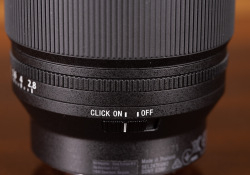

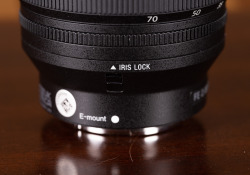
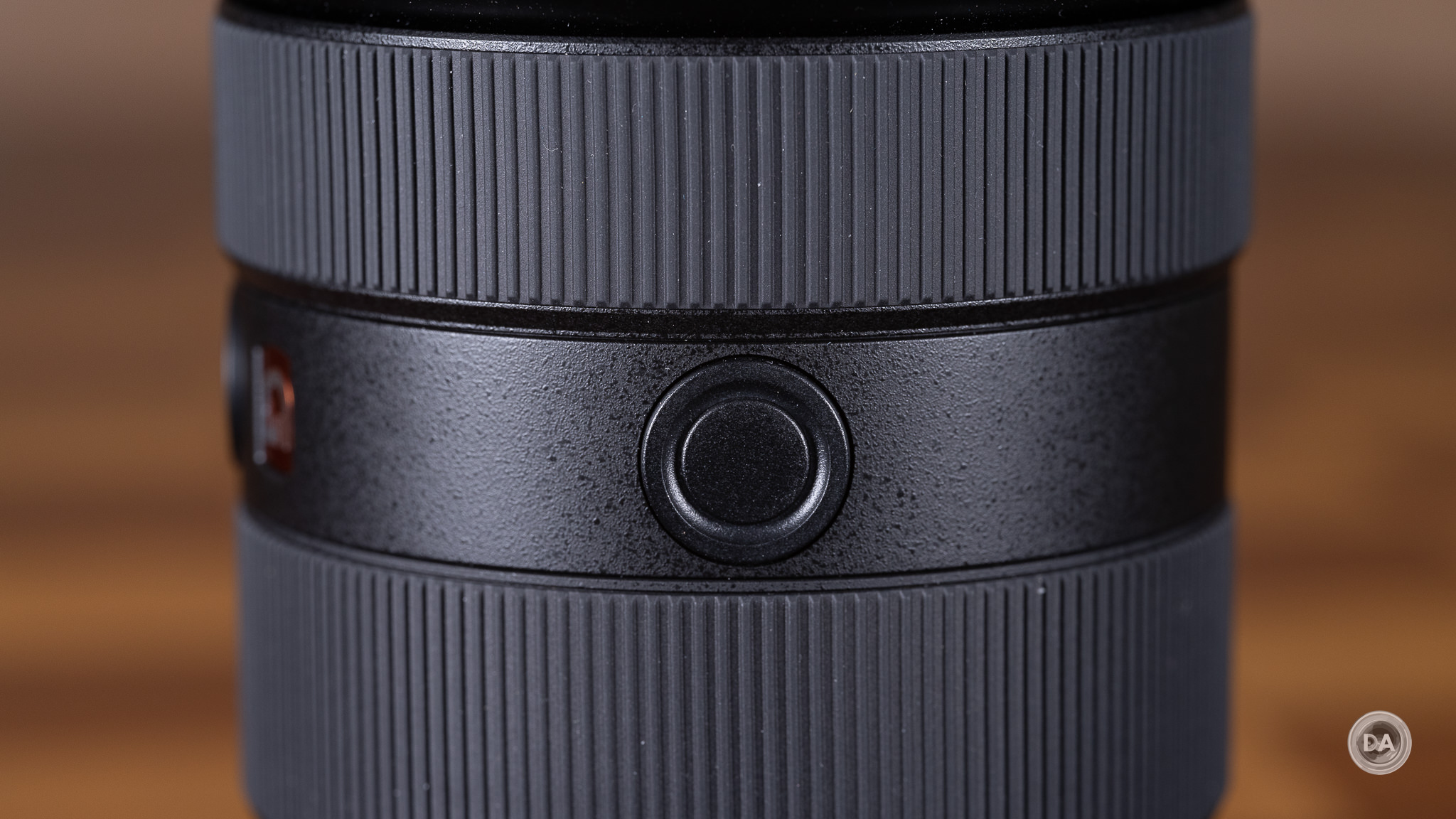

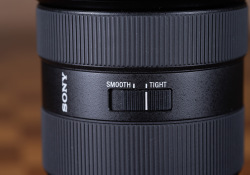
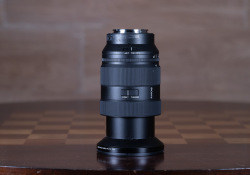
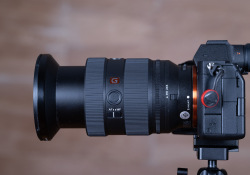



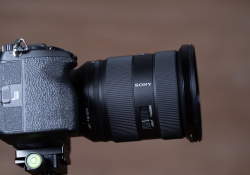










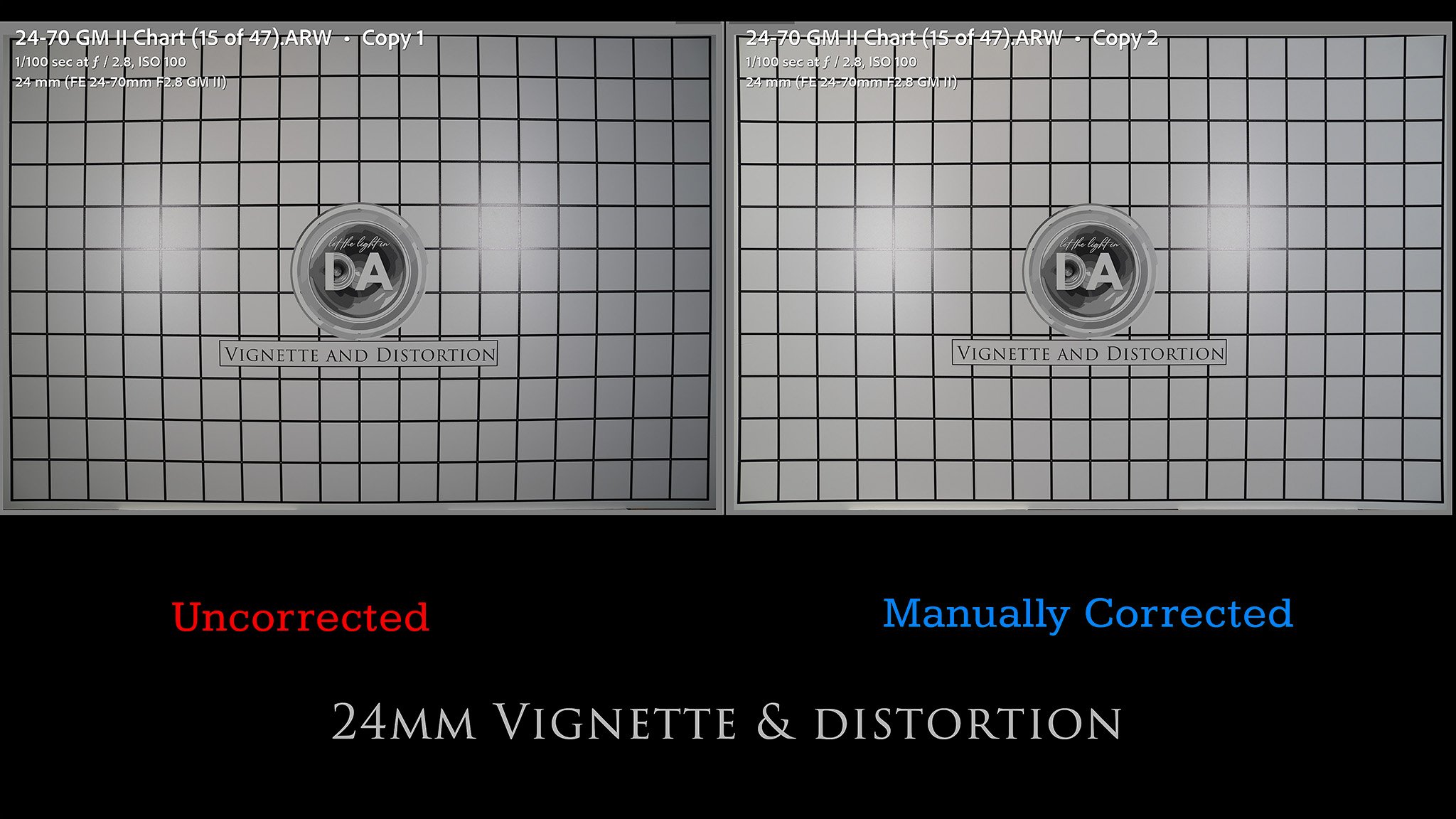

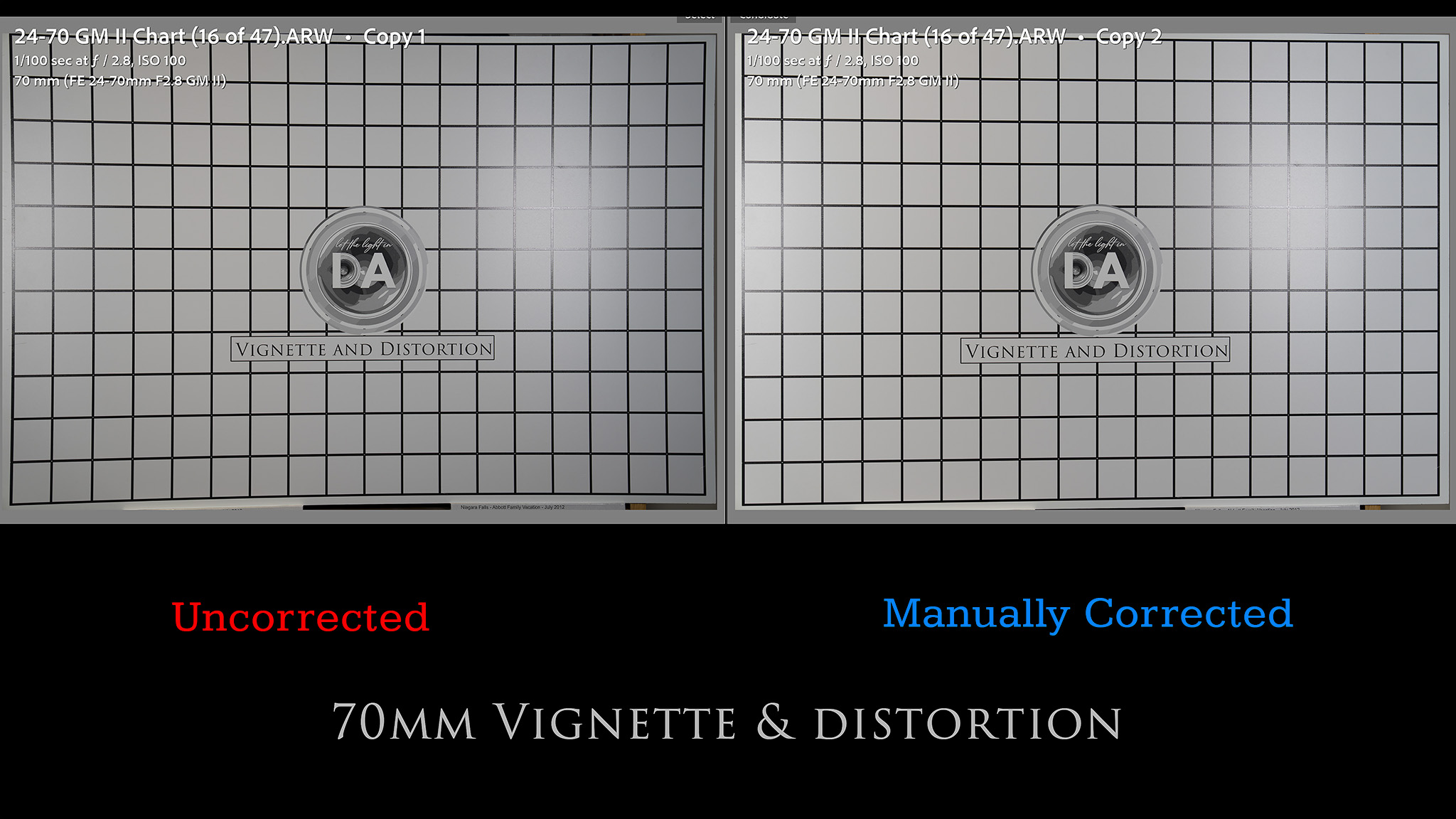
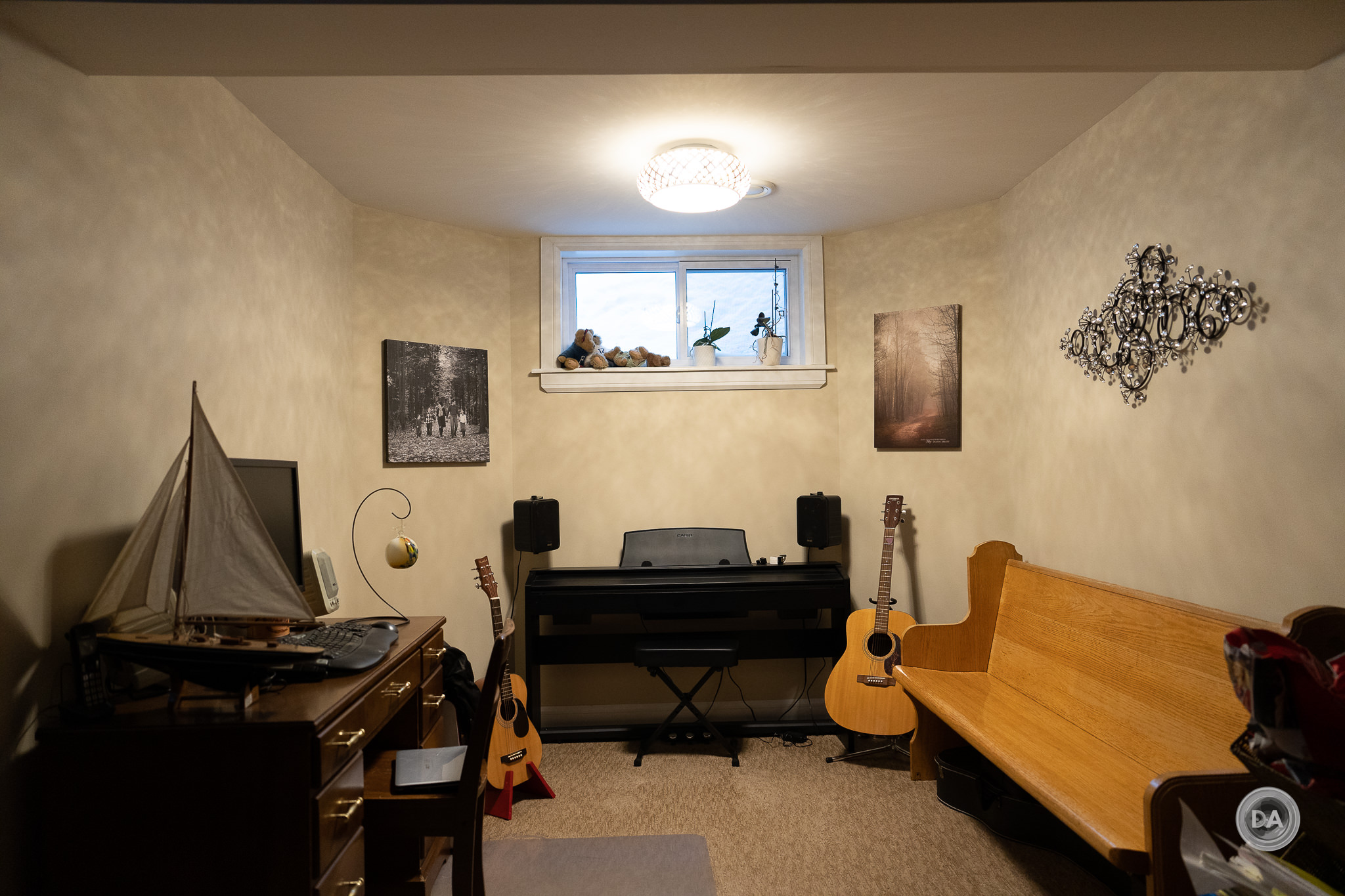

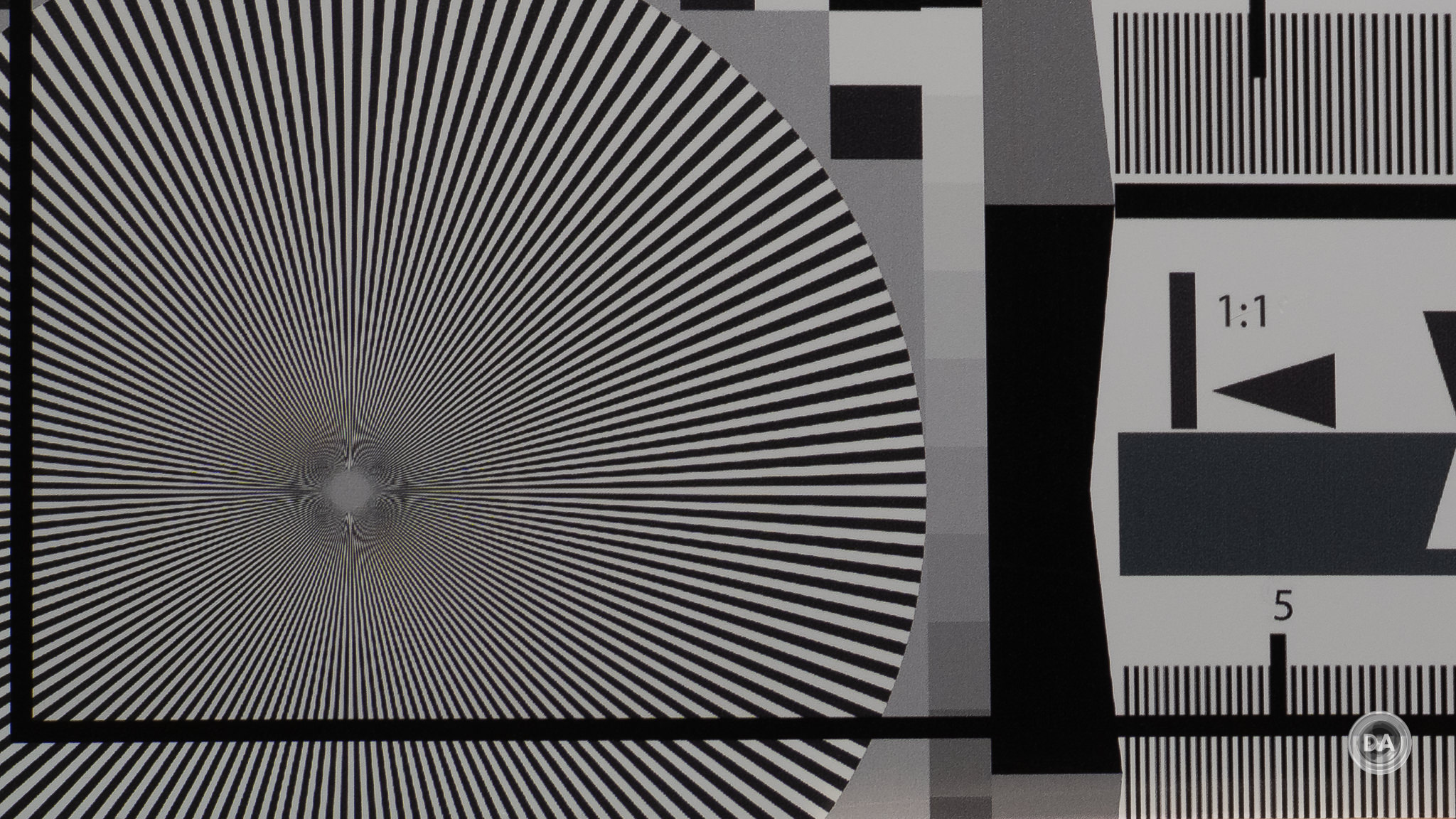







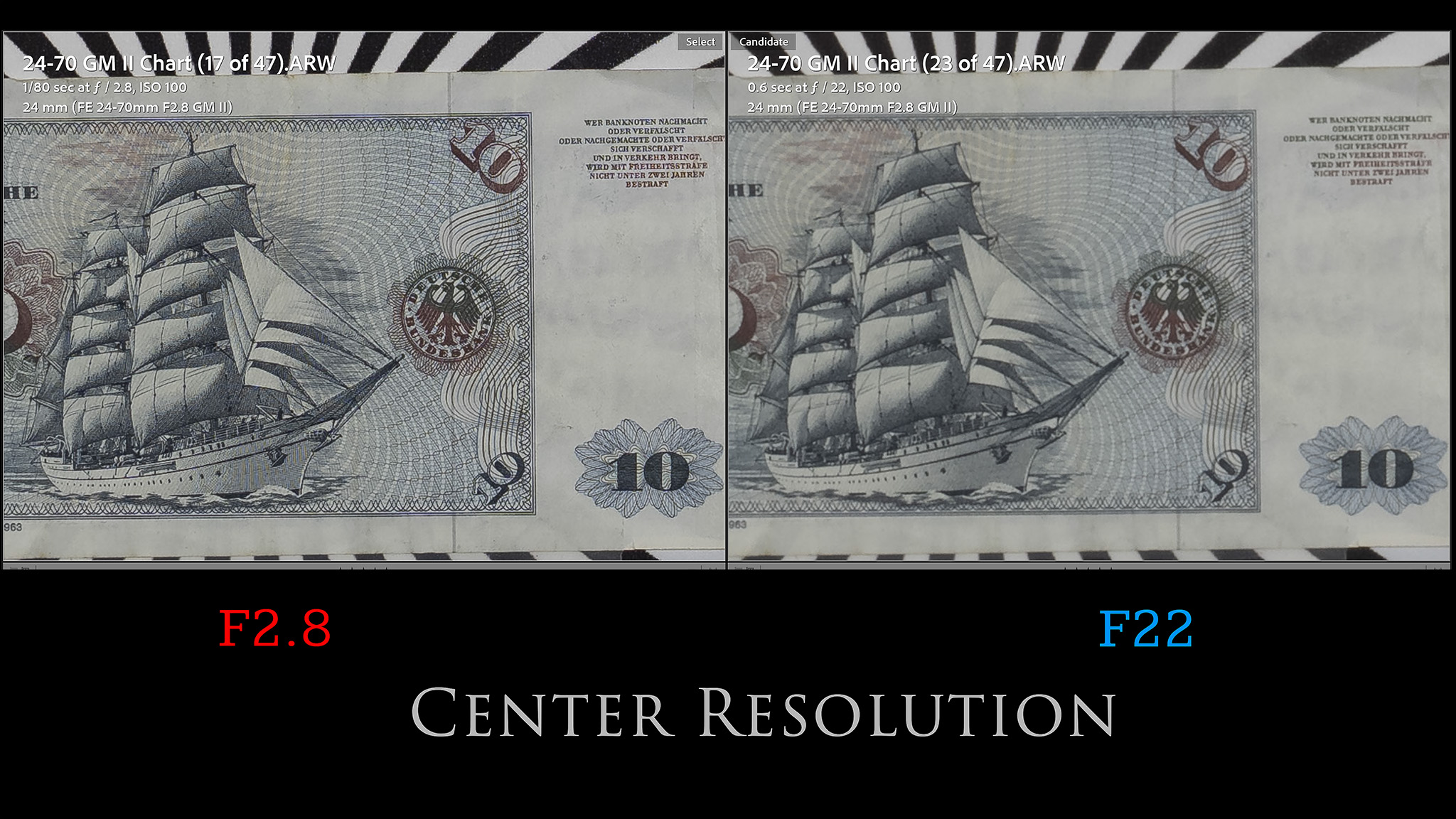

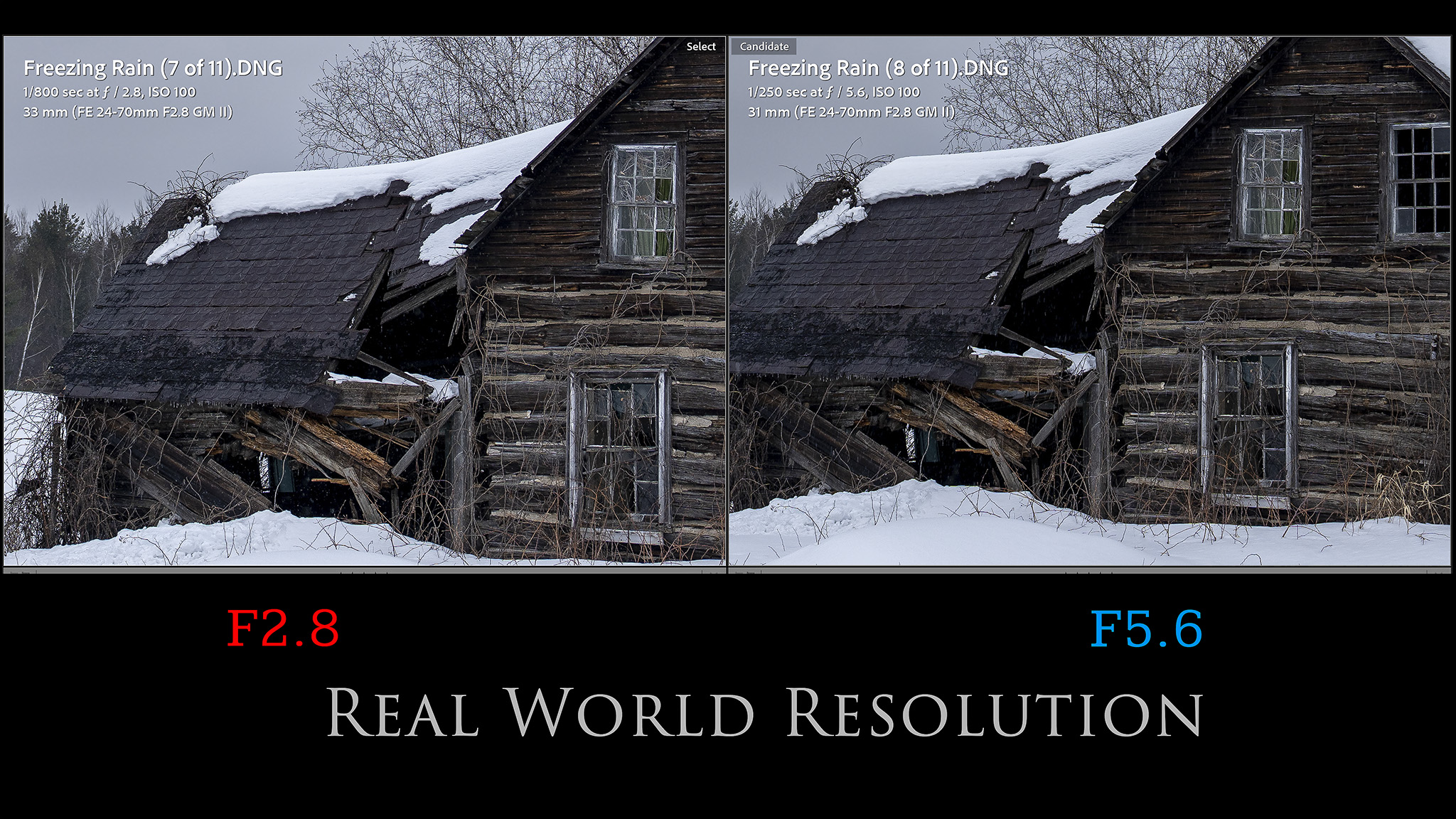
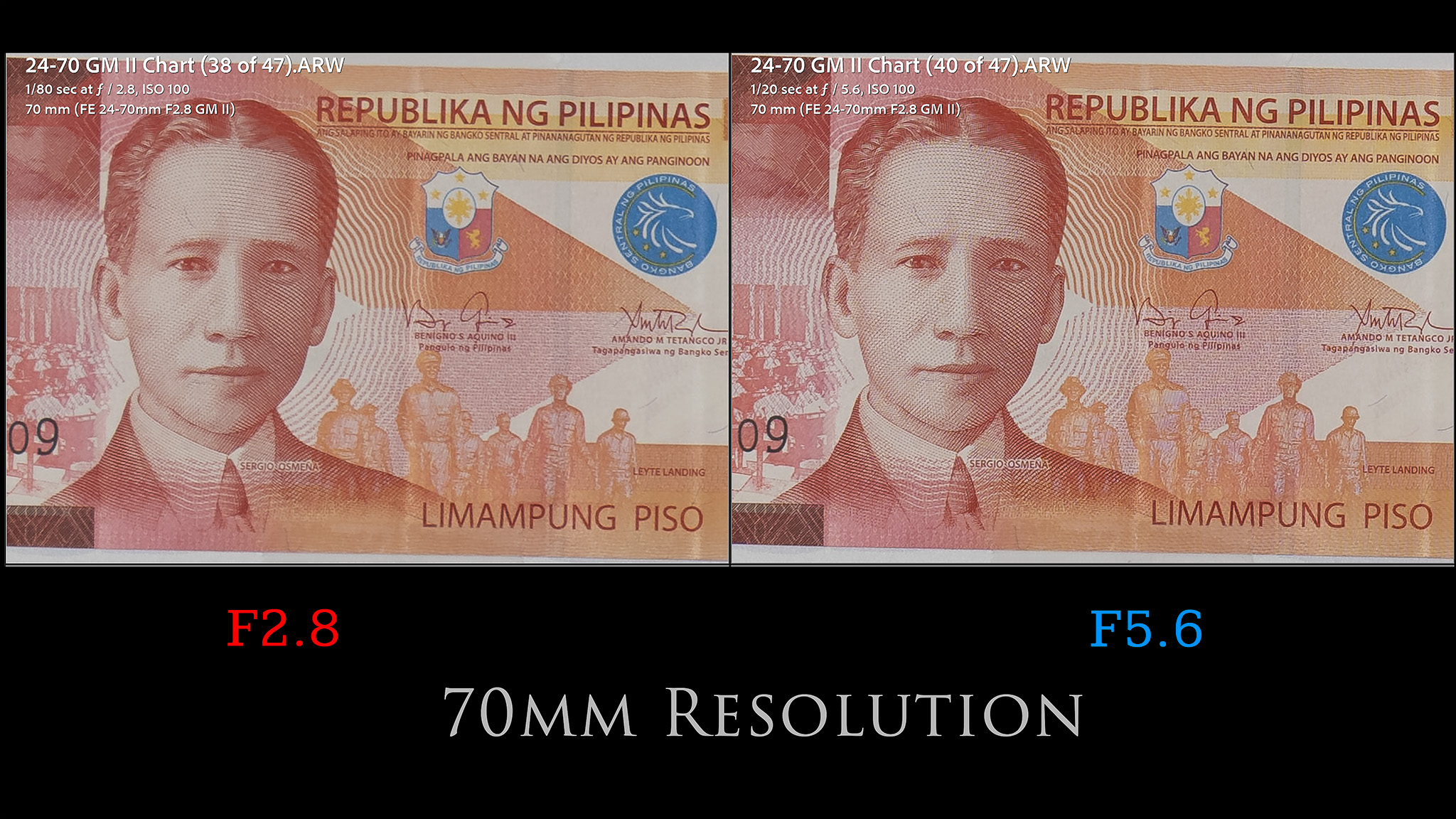











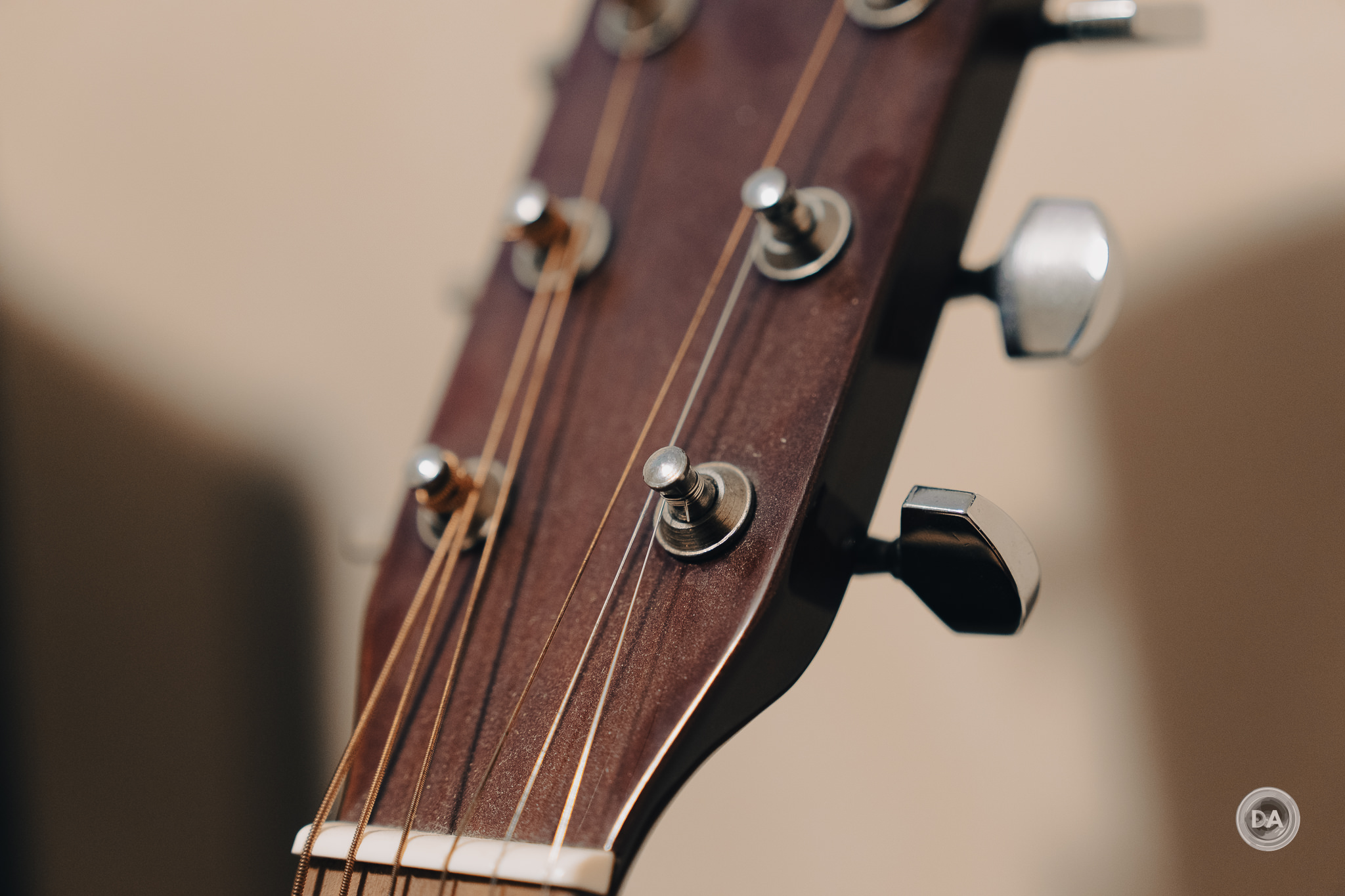






 Viltrox Pro AF 85mm F1.4 FE Gallery
Viltrox Pro AF 85mm F1.4 FE Gallery Viltrox AF 85mm F1.4 PRO FE Review
Viltrox AF 85mm F1.4 PRO FE Review Yongnuo YN 35mm F1.8 ART Gallery
Yongnuo YN 35mm F1.8 ART Gallery Yongnuo YN 35mm F1.8 DA ART Review
Yongnuo YN 35mm F1.8 DA ART Review



One thought on “Sony 24-70mm F2.8 GM II (SEL2470GM2) Review”